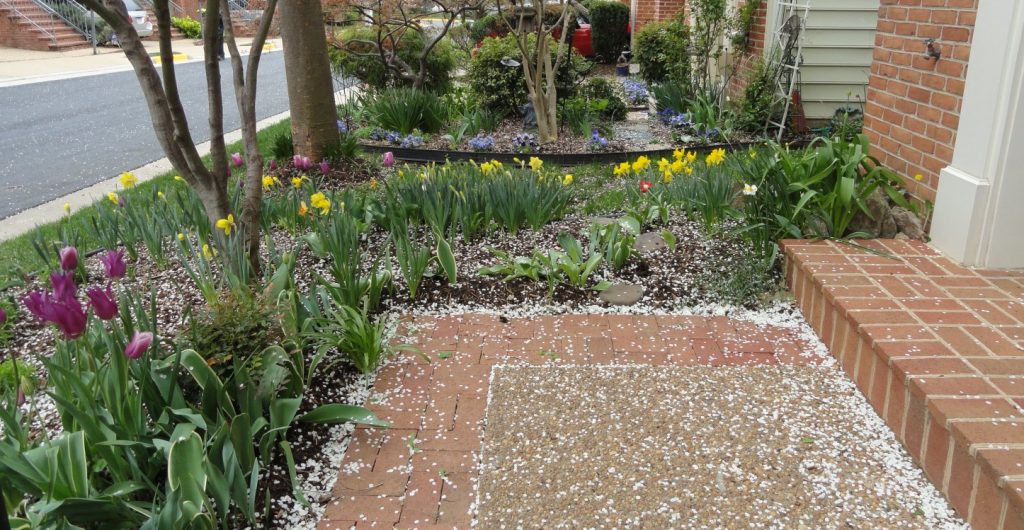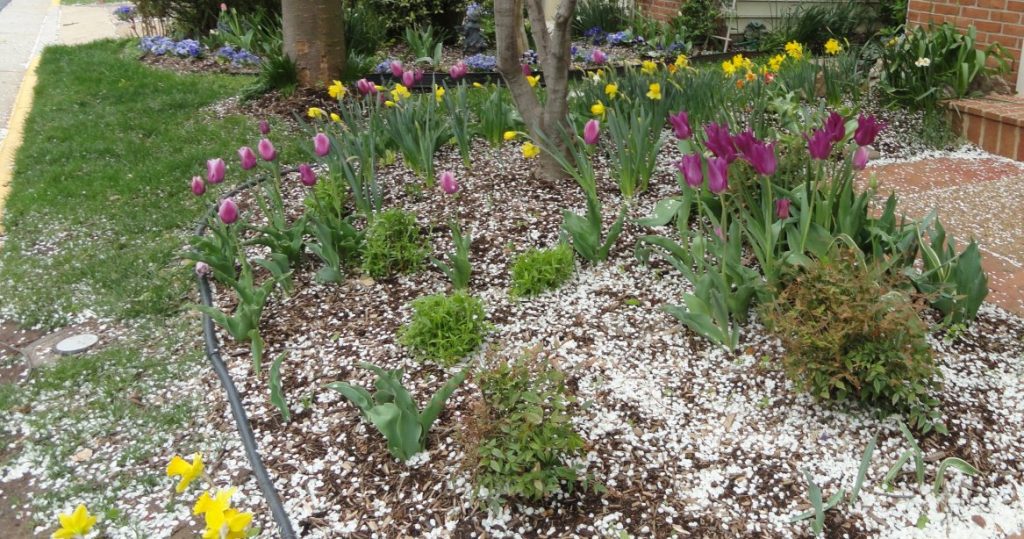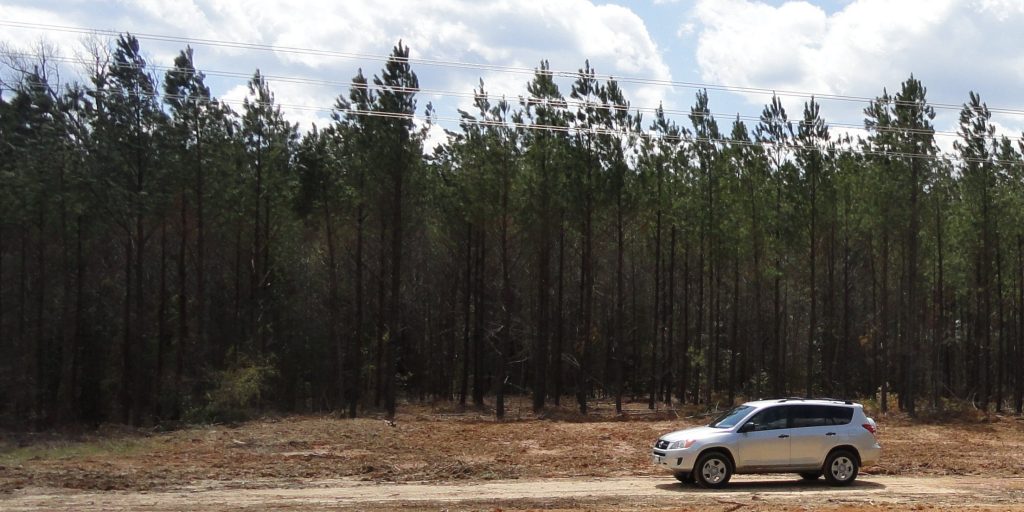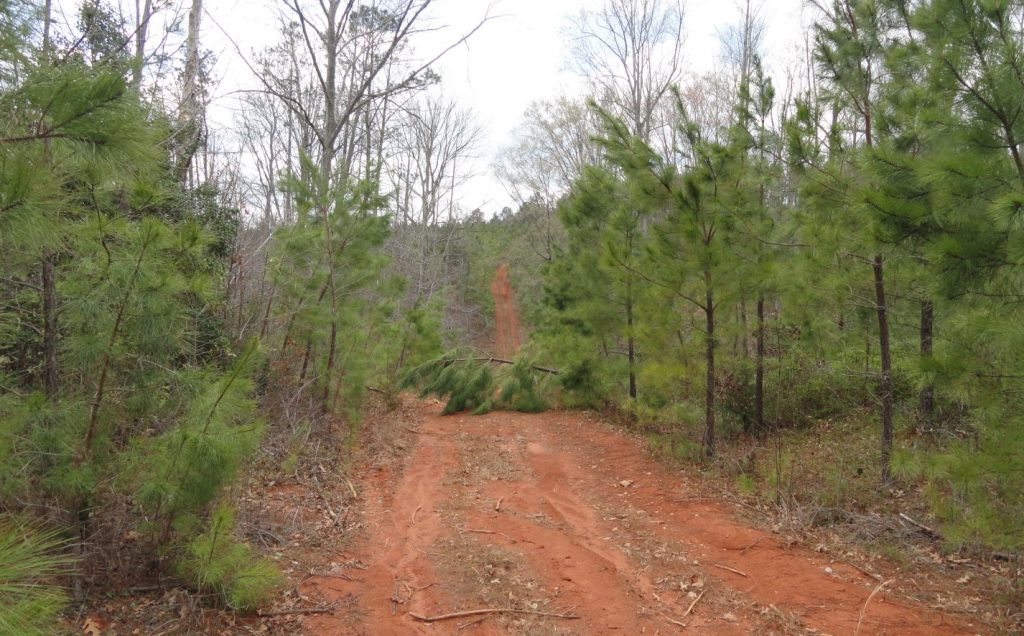The most successful 20% of the population behave differently from those at the bottom. They are more likely to be married, less likely to have children out of wedlock, more likely to work long hours, more likely to attend church regularly and less likely to abuse drugs or alcohol. In 1960, there was little difference between the top and the bottom on the indicators measuring those things above. Today the differences are stark.
There is a kind of reverse hypocrisy at work today. In the past, hypocrisy meant pretending to be virtuous while doing less virtuous in your actual behavior. Today, the most successful Americans, as a statistical group, tend to act virtuously (again by the measures above) but hesitate to be identified as doing so. I am sure that they would consider that the virtue of being non-judgmental, but it could also be seen as a failure to lead.
I heard about this and other things at a very interesting lecture at AEI by Charles Murray. He is writing a book that tracks the relative decline of American habits. He looked at American indicators from 1960-2008. He stopping in 2008 so as to avoid data that would include the current recession and also studied only the white population to avoid making the discussion about race and also study a population that has remained more stable, i.e. fewer new immigrants. According to his data, the population of 1960 was much more alike in its habits than ours is today. For example, the rate of marriage at the top was 86% while at the bottom it was 83% – hardly a difference. Today the rate of marriage at the top has dropped little to around 83%, but at the bottom it has gone below 50%. Out-of-wedlock births are still rare at the top, but approaching 50% at the bottom. The hours worked at the top have remained stable, actually increased a little, at the top but dropped at the bottom. Church attendance has dropped in all groups, but still remains high at the top and has dropped like a stone at the bottom. Murray explains that church attendance correlates with other forms of “social capital” such as volunteering for PTAs, giving blood etc.
The inflection point was 1964. Until that time, social indicators were actually improving for all groups, but they have declined since them for people at the bottom. Murray didn’t propose any solutions. Maybe he will in his upcoming book. He pointed out a couple of obvious things that could be overlooked, however. The first is that many problems affect mostly people at the bottom. People at the top live in parts of the city or suburbs that used to be relatively crime free and still are.
Their kids go to schools that used to be good and still are. Most of the people they knew were married and still are. Most of the kids grew up in stable households and still do.The changes since the 1960s really didn’t hurt them.
There is a kind of reverse hypocrisy at work today. In the past, hypocrisy meant pretending to be virtuous while doing less virtuous in your actual behavior. Today, the most successful Americans, as a statistical group, tend to act virtuously (again by the measures above) but hesitate to be identified as doing so. I am sure that they would consider that the virtue of being non-judgmental, but it could also be seen as a failure to lead. I heard about this and other things at a very interesting lecture at AEI by Charles Murray. He is writing a book that tracks the relative decline of American habits. He looked at American indicators from 1960-2008. He stopping in 2008 so as to avoid data that would include the current recession and also studied only the white population to avoid making the discussion about race and also study a population that has remained more stable, i.e. fewer new immigrants.
According to his data, the population of 1960 was much more alike in its habits than ours is today. For example, the rate of marriage at the top was 86% while at the bottom it was 83% – hardly a difference. Today the rate of marriage at the top has dropped little to around 83%, but at the bottom it has gone below 50%. Out-of-wedlock births are still rare at the top, but approaching 50% at the bottom. The hours worked at the top have remained stable, actually increased a little, at the top but dropped at the bottom. Church attendance has dropped in all groups, but still remains high at the top and has dropped like a stone at the bottom. Murray explains that church attendance correlates with other forms of “social capital” such as volunteering for PTAs, giving blood etc. The inflection point was 1964. Until that time, social indicators were actually improving for all groups, but they have declined since them for people at the bottom.
Murray didn’t propose any solutions. Maybe he will in his upcoming book. He pointed out a couple of things that could be easily overlooked, however. The first is that much of problems of society affect mostly people at the bottom. People at the top live in parts of the city or suburbs that used to be relatively crime free and still are. Their kids go to schools that used to be good and still are. Most of the people they knew were married and still are. Most of the kids grew up in stable households and still do. The changes since the 1960s really didn’t hurt them.
Another thing he pointed out was the increasing sorting. People increasingly have choices. Colleges have gotten good at choosing smart people. They meet each other and marry each other, producing families with advantages of good habits, sound incomes and whatever advantages of talent nature has provided. The opposite applies to people on the other end.
Murray illustrated the changes with the people in the room. Older people – like me – are much more likely to have grown up in “non-elite” households. We still remember living in working class or farm communities. Many of us were among the first in our families to graduate from college. The young people in the room – our kids – grew up in families with college educated parents. They have no personal memories of anything but the educated, well-off lives. Our sorting methods work too well today. Ironically, relying on merit and making opportunity widely available will end up sorting people by talent and habits, locking in advantages.
Finally, Murray made the comparison to the Roman Empire, but not the usual one of decline. He pointed out that the Roman Empire continued to grow in power and glory after it lost the old republican virtues. He is right.
The apogee of Roman power came during the time of Trajan and Hadrian, more than 150 years after the fall of the Republic and even longer since the decline of traditional Roman “virtues” or what we might call Roman “exceptionalism.” America may well remain a powerful country w/o our traditional virtues. But we may well lose our exceptional abilities for self-government and self-determination, things Murray calls the American project, which has been with us since the founding of our Republic. Murray thinks this is worth saving, but he admits that Imperial Rome in the Second Century was a more orderly, prosperous and peaceful place than it had been under the Republic. Empires can be good at running things, but they do this by dispensing with freedom.







